Midostaurin in AML – Better Late than Never!
Acute Myeloid Leukemia (AML) is challenging disease to treat and quite distinctly different from its cousin, acute lymphoblastic leukemia (ALL). The first is more common in adults, while the second is more prevalent in children. Success rates with pediatric ALL have far outstripped what we have achieved with adults in AML to date, partly due to the elderly nature of the disease making for poorer outcomes with stem cell transplants (SCT), as well as increased clonal heterogeneity and cytogenetic complexity with age.
Quite a few FLT3 inhibitors have come and gone over the years – many keen observers will remember Cephalon’s (now Teva) TKI called CEP-701, which was tested in relapsed/refractory disease and Elderly AML, for example, and slid off largely unnoticed to dog drug heaven.
How much does clinical trial design impact a drug’s success or failure?
Sometimes quite a bit, as this story with midostaurin demonstrates; limited activity in advanced disease but much more dramatic results in the upfront setting. Clearly, sometimes testing drugs in later disease does not predict their future performance elsewhere!
To put more colour on the data presented at ASH, we interviewed a thought leader in adult AML for his perspective on the FLT3 R&D developments.
Subscribers can login below or you can purchase access.
This content is restricted to subscribers
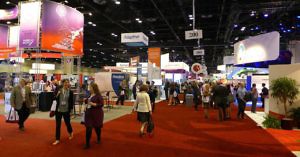 In recent years, there’s been a lot of progress in the treatment of chronic lymphocytic leukemia (CLL). New targeted therapies such as ibrutinib (Imbruvica) and idelalisib (Zydelig) have been approved and have helped extend the lives of patients with this disease further. However, there still remains a need for new treatment options.
In recent years, there’s been a lot of progress in the treatment of chronic lymphocytic leukemia (CLL). New targeted therapies such as ibrutinib (Imbruvica) and idelalisib (Zydelig) have been approved and have helped extend the lives of patients with this disease further. However, there still remains a need for new treatment options.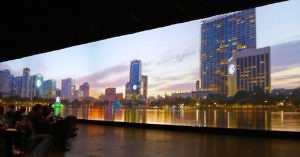
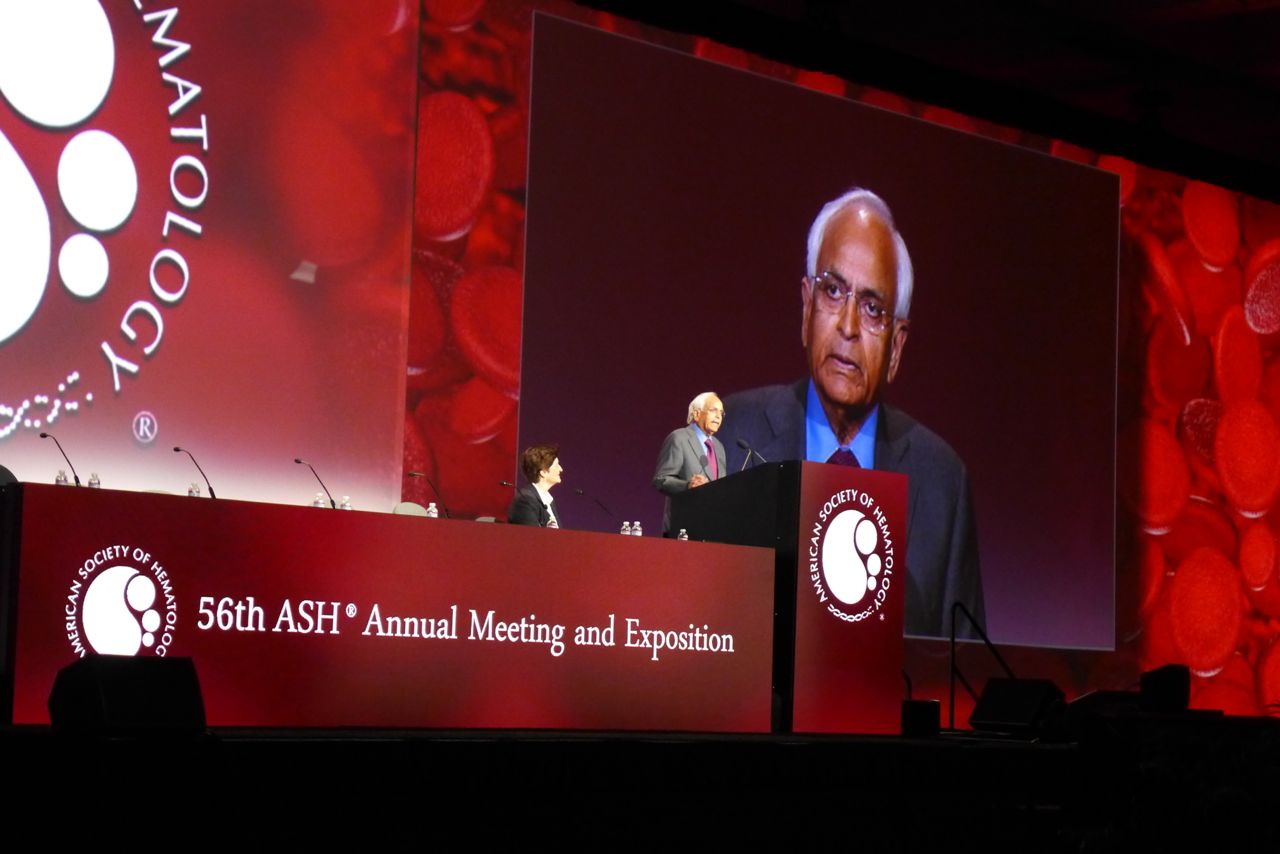
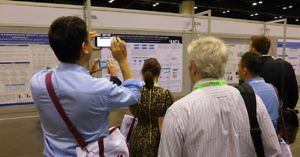 Part 2 of the ASH 2015 interview
Part 2 of the ASH 2015 interview 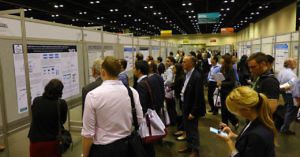 My highlight of the 2015 annual meeting of the American Society of Hematology (ASH) was interviewing
My highlight of the 2015 annual meeting of the American Society of Hematology (ASH) was interviewing 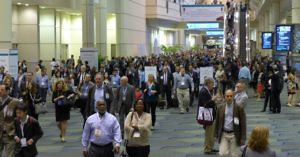
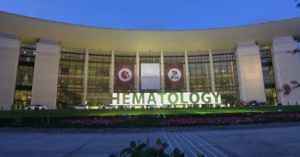
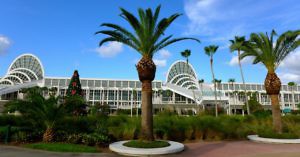 Orlando – the 2015 annual meeting of the American Society of Hematology (Twitter #ASH15) kicks off in earnest today at the Orange County Convention Center.
Orlando – the 2015 annual meeting of the American Society of Hematology (Twitter #ASH15) kicks off in earnest today at the Orange County Convention Center.